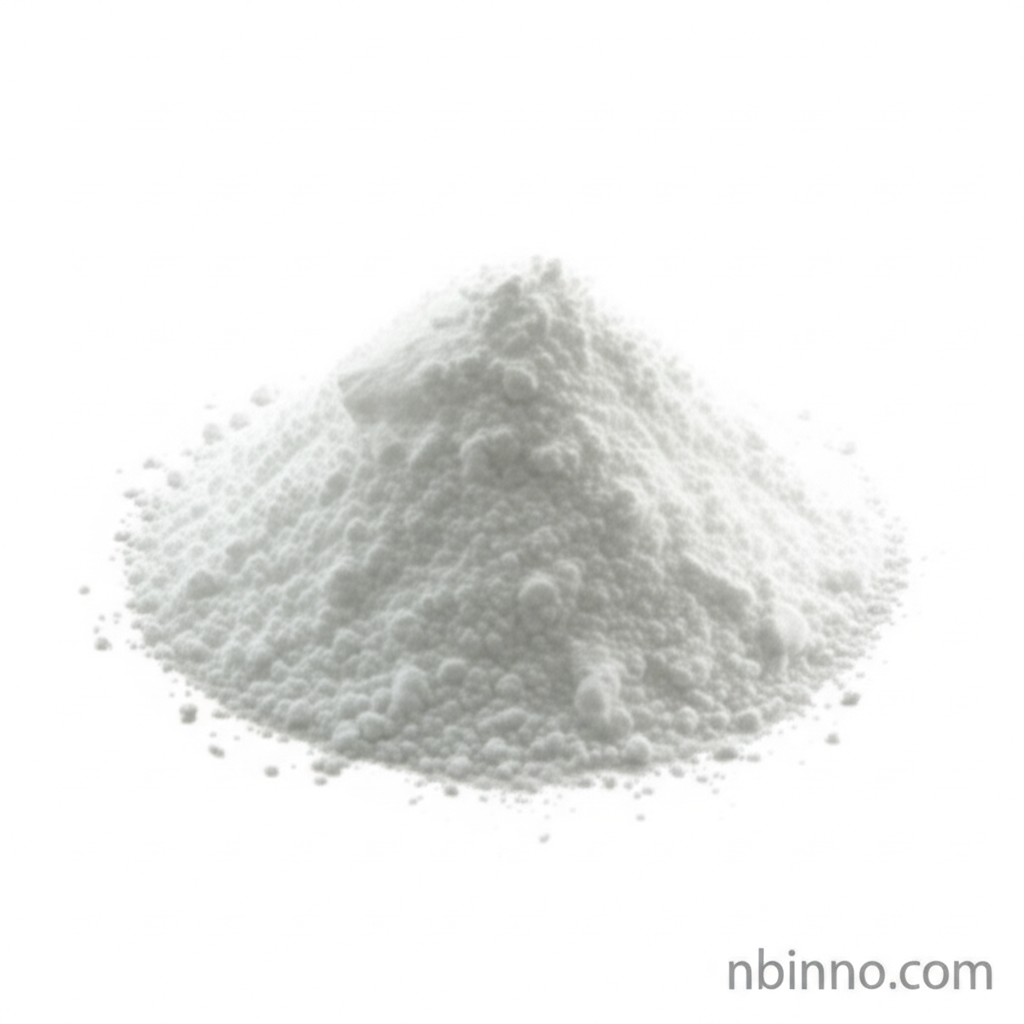1-Benzhydryl-3-fluoroazetidine Hydrochloride: Synthesis, Properties, and Pharmaceutical Applications
Discover a key intermediate for advanced organic synthesis and potential therapeutic applications in neuropharmacology.
Get a Quote & SampleProduct Core Value

1-Benzhydryl-3-fluoroazetidine Hydrochloride
This compound is a crucial intermediate in organic synthesis and a subject of interest in medicinal chemistry, particularly for its potential in developing treatments for neuropsychiatric disorders. Its unique structure combines an azetidine ring with benzhydryl and trifluoromethyl groups, offering specific physicochemical properties valuable for drug discovery.
- Explore the synthesis of 1-benzhydryl-3-fluoroazetidine hydrochloride, a vital step for researchers needing advanced organic synthesis building blocks.
- Investigate the potential therapeutic uses of this compound in neuropharmacology, contributing to the development of novel treatments for mood disorders.
- Understand the importance of fluorinated azetidine derivatives in medicinal chemistry and their role in creating effective pharmaceutical intermediates.
- Learn about the various chemical transformations this compound can undergo, making it a versatile intermediate for complex molecule synthesis.
Key Advantages
Versatile Synthesis Intermediate
Leverage 1-benzhydryl-3-fluoroazetidine hydrochloride as a key intermediate for intricate organic synthesis projects, facilitating the creation of novel chemical entities.
Neuropharmacological Potential
This compound shows promise in neuropharmacology, acting as potential glycine transporter inhibitors, which could lead to new therapies for conditions like schizophrenia.
Enhanced Chemical Properties
The inclusion of fluorine atoms in its structure, particularly the trifluoromethyl group, enhances metabolic stability and lipophilicity, critical attributes for pharmaceutical applications.
Key Applications
Pharmaceutical Intermediates
As a critical building block, it's used in the synthesis of complex pharmaceutical compounds, supporting drug discovery pipelines.
Organic Synthesis
Its reactive functional groups make it an excellent starting material for a wide range of organic transformations and the construction of novel molecular architectures.
Medicinal Chemistry Research
Researchers utilize this compound to explore structure-activity relationships and develop new drug candidates for various therapeutic areas, including CNS disorders.
Fine Chemical Manufacturing
It serves as a high-value fine chemical for specialized applications requiring precise chemical structures and properties.
